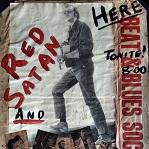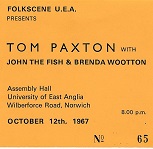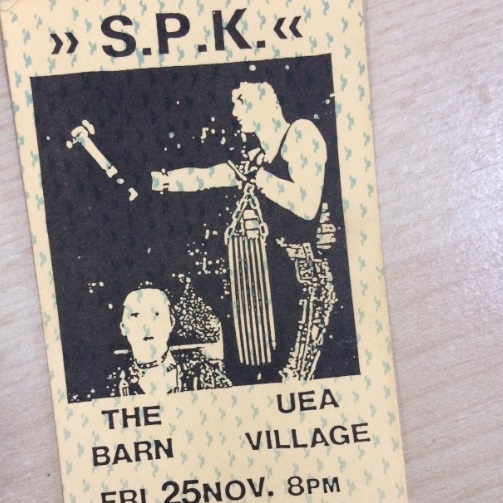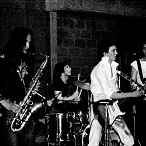
Our very first student rock band
From supporting the Kinks to arriving by motorbike, fond memories of student days at UEA in the 1960s
By Mel Bray

From Albion to Folkeast via the LCR
From Rockpile to the Zutons via Gig in the Park and the Albion Fairs plus fond memories of gigs at the LCR
By John Marshall Potter

Early extractions – Folk Club
The Kinks, Jeff Beck, velvet shirts and great memories from VERY early gigs at UEA and the Norwich music scene in the ‘60s and ‘70s as sent through by some of UEA's alumni.

Extracted memories
Zodiac Mindwarp, SPK, rockist posturing, and someone called Duran Duran
By Ian Simmons
Image: Gig ticket supplied by Nigel Huddleston

Extracted article – Charlie Higson and Pete Bye
My Norwich, Your Norwich
By Emma Outten
Image: Right Hand Lovers by Tim Richards

Volume - A Cautionary Tale of Rock and Roll Obsession
A digested book extract on the triumphs, humiliations and joys of a student proto-rock journalist at UEA in the '60s
By Oliver Gray

:focus(638x158:639x159))